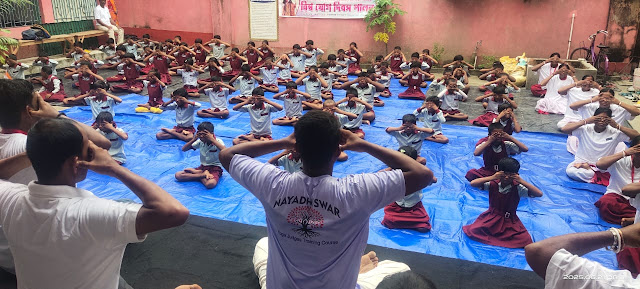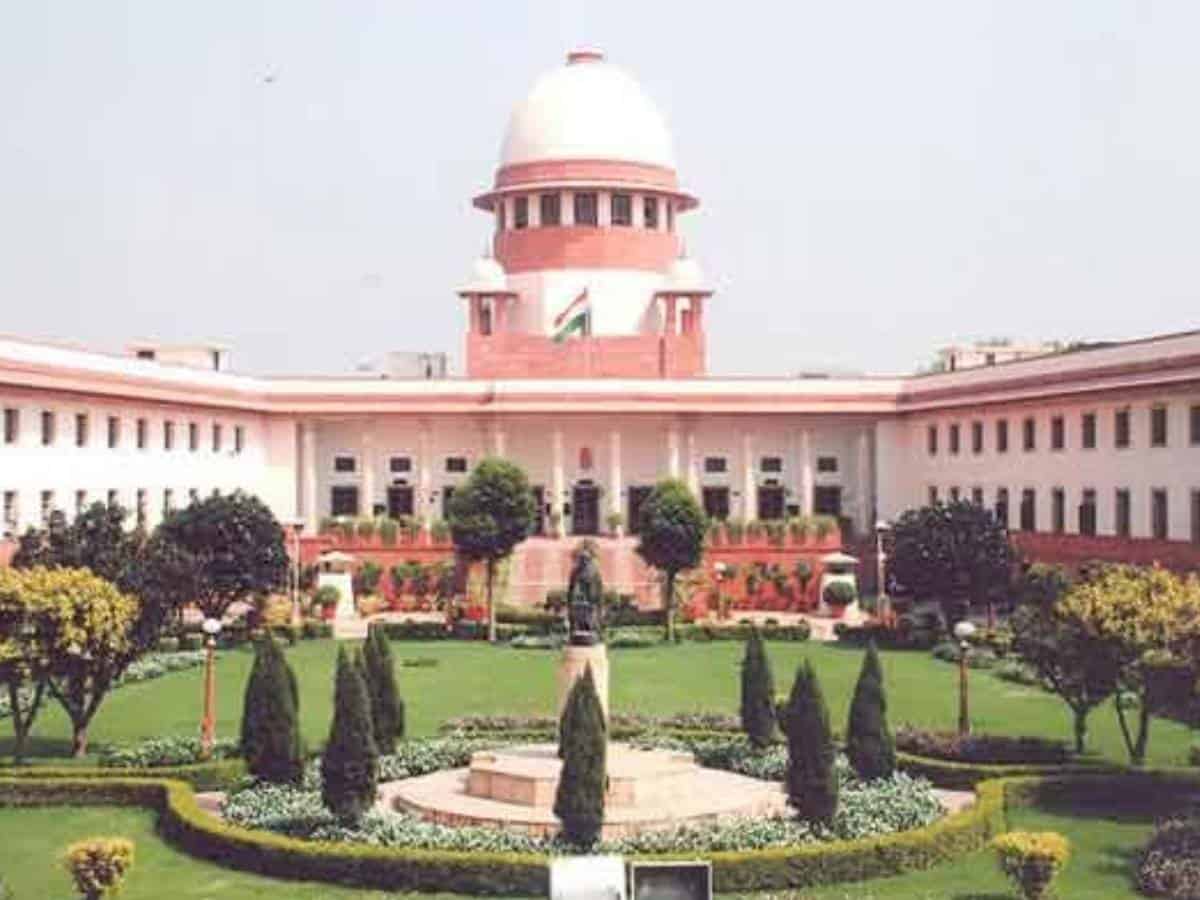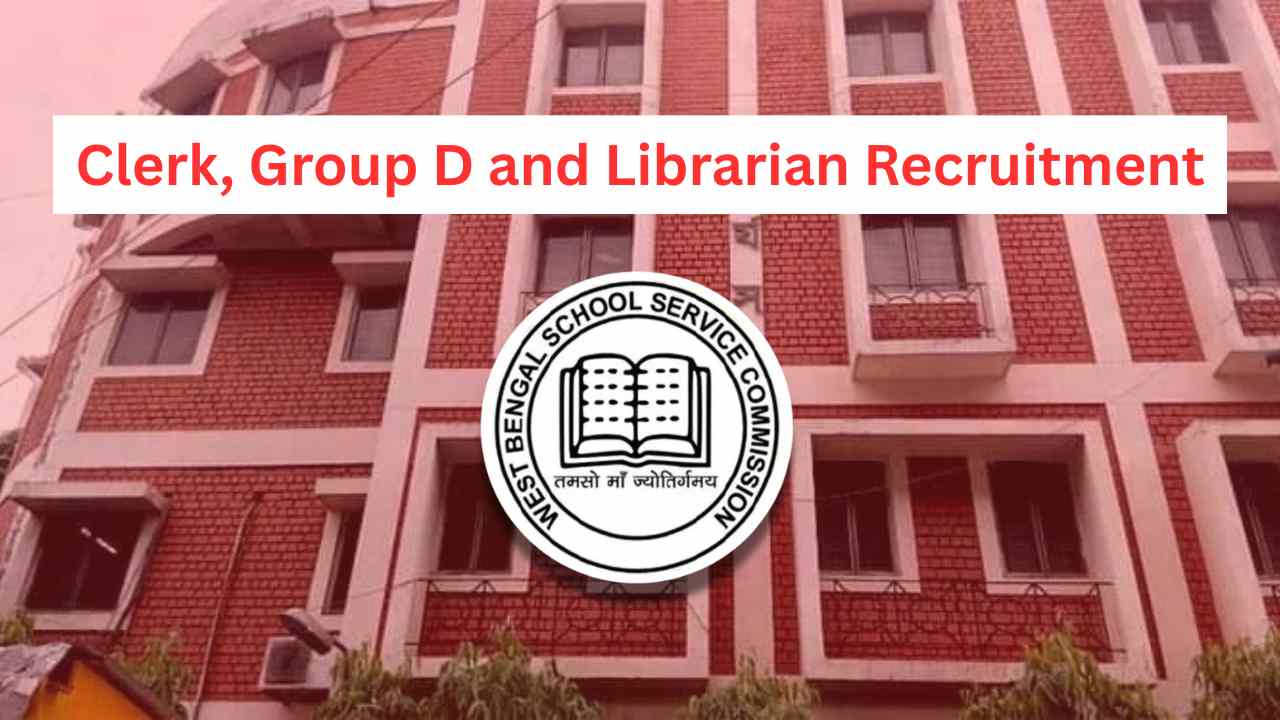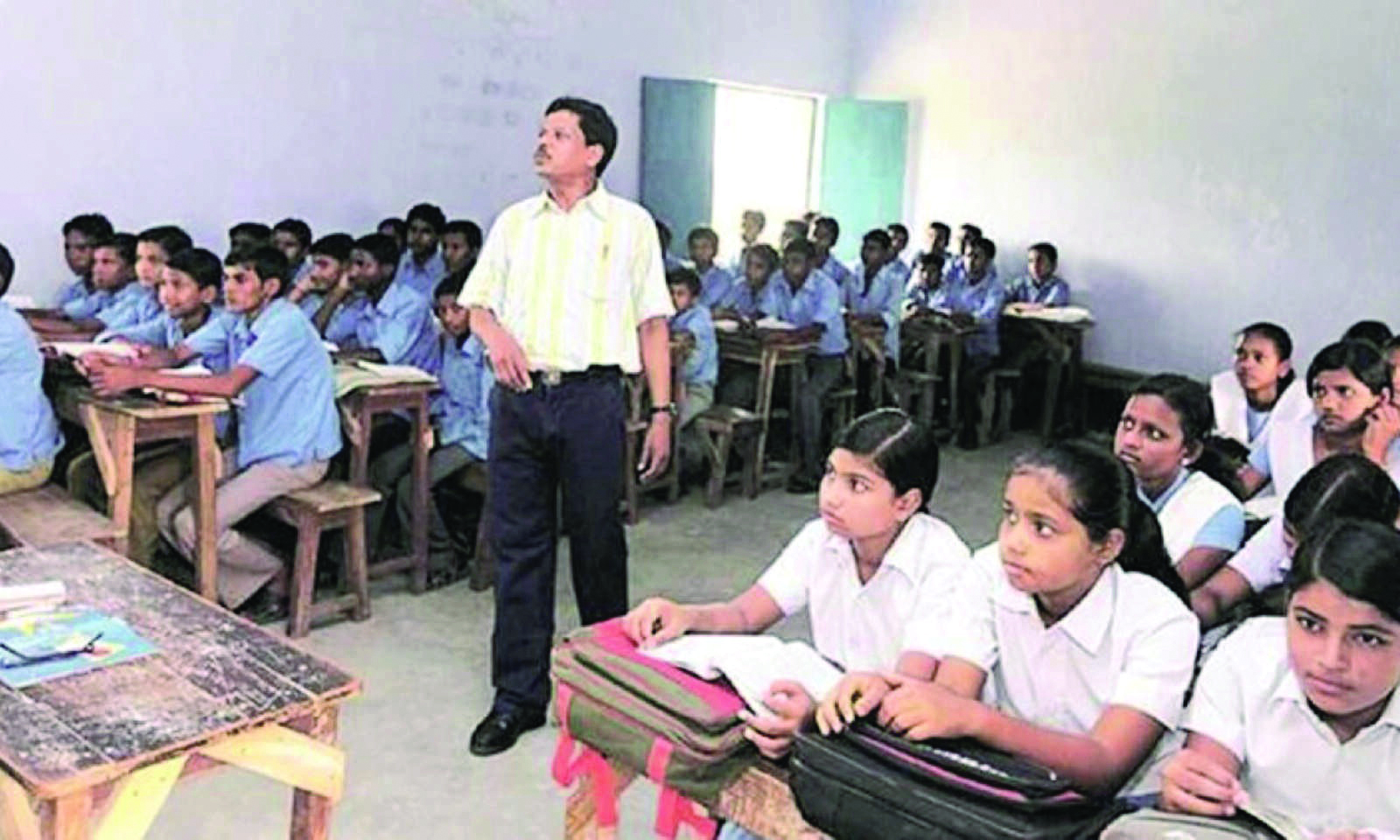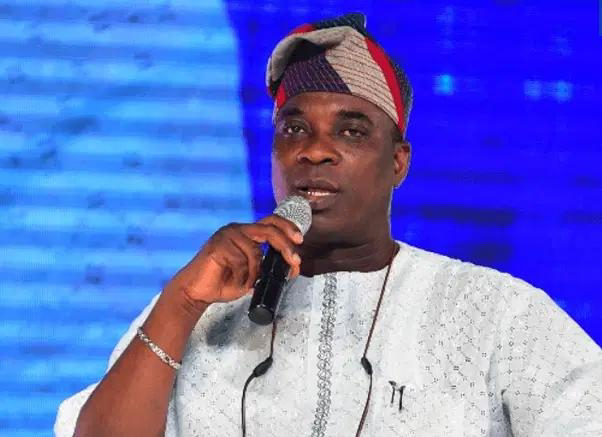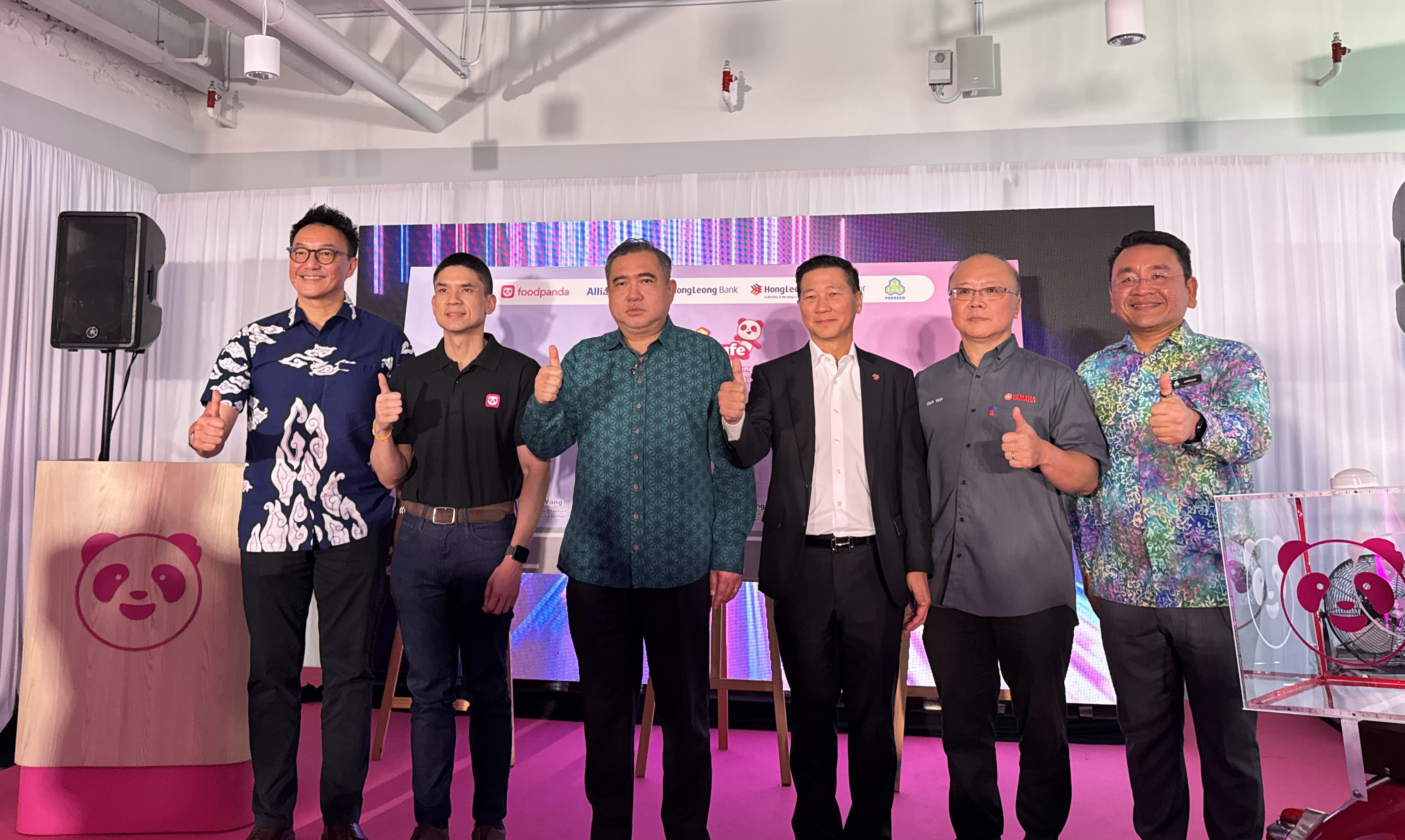Clad in traditional white attire, Prime Minister Modi addressed the gathering, highlighting yoga’s global relevance in an era marked by stress and unrest. “Yoga gives a direction of peace and brings oneness. It is the pause button that humanity needs to breathe, to balance, to become whole again,” he said. He also called on the international community to embrace “Yoga for Humanity 2.0,” envisioning inner peace as a global policy initiative. This year’s theme, ‘Yoga for One Earth, One Health,’ underscored the interconnectedness of human well-being with the environment, from the soil that nourishes to the rivers and animals that support life.
The celebrations witnessed a record turnout in Andhra Pradesh, where Chief Minister Chandrababu Naidu and Deputy CM Pawan Kalyan joined the event. Naidu announced that the state had set 23 global records, including two Guinness World Records and 21 World Book of Records titles. Among them, 3.03 lakh participants performed yoga together at a single location—setting a world record—while 22,122 tribal students performed 108 Surya Namaskars for 108 minutes simultaneously, creating another Guinness milestone.
In Delhi, more than 3,400 participants, including defence attachés from 25 countries, NCC cadets, and students, gathered at the Cariappa Parade Ground for a special session. Vice Chief of the Army Staff Lt. Gen. N.S. Raja Subramani led the event. At Subroto Park, Indian Air Force personnel formed a symbolic display of ‘OP SINDOOR’ while performing asanas. Meanwhile, President Droupadi Murmu, addressing an event in Dehradun, described yoga as a “shared legacy of mankind,” emphasizing that it transcends religion and community.
Vice President Jagdeep Dhankhar, along with Union ministers, governors, and chief ministers, also participated in yoga sessions across states. Union Health Minister J.P. Nadda led a major celebration at Delhi’s Kartavya Path, while External Affairs Minister S. Jaishankar joined international envoys at Nehru Park.
Chief ministers from various states embraced the occasion with unique initiatives. In Delhi, CM Rekha Gupta performed asanas along the Yamuna banks. UP CM Yogi Adityanath led celebrations in Gorakhpur, and in Haryana, CM Nayab Singh Saini, joined by yoga guru Ramdev, introduced a five-minute daily yoga break in all government offices and proposed a uniform yoga curriculum in all state universities and colleges.
Uttarakhand CM Pushkar Singh Dhami announced India’s first Yoga Policy, aimed at transforming the state into a global wellness destination. Goa CM Pramod Sawant encouraged daily yoga practice in schools, and in Bihar, Governor Arif Mohammed Khan led a session at the Raj Bhavan’s Darbar Hall.
In Hyderabad, over 3,000 persons with disabilities showcased their abilities through synchronized yoga, sending a powerful message of inclusivity. The Archaeological Survey of India (ASI) joined the celebrations by organizing yoga sessions at 81 heritage sites, including the Konark Sun Temple, Adalaj Ki Vav, and Jantar Mantar.
Meanwhile, the Bharat Sevashram Sangha’s rural service center at Manmathpur Pranab Mandir also marked the occasion with a spiritual and disciplined yoga session. Inspired by Acharya Srimat Swami Pranabanandaji Maharaj’s vision, students, teachers, and devotees from Pranabananda Vidyamandir campuses in Manmathpur and Kanmari participated enthusiastically, following the government’s official yoga protocol.
Declared by the United Nations in December 2014, the International Day of Yoga is now celebrated globally, with India’s proposal earning support from a record 175 countries. Over the years, the day has transformed into a worldwide movement, highlighting yoga as not only a path to personal well-being but also a force for global unity.
As Yoga Day 2025 drew to a close, the spirit of mindfulness, health, and interconnectedness echoed across cities, villages, mountains, and coastlines, reaffirming yoga’s place as both a heritage of India and a healing gift to the world.



